Planning Pays Off: 5 Strategies to Get the Most Out of Your Delivery Speed Choice
October 17, 2024
5 min read
Introduction
Providing speedy and efficient services is the need of the hour in today’s busy world. Customers no longer want to deal with slow and lengthy delivery services; instead, they expect fast deliveries that meet their needs instantly. This has made businesses in various sectors change their ways and introduce rapid deliveries in their systems.
This blog discusses the benefits of instant delivery for business firms, and its impact on business operations, customer satisfaction, and general success.

What is Rapid Delivery?
Rapid delivery is the fast transport of goods from a seller to a buyer, maybe over hours or days. It is an increasingly popular service provided by many eCommerce sites, restaurants, and retail companies. Rapid delivery has become efficient and practical due to technological and logistical advancements.
Here are some common types of rapid delivery:
- Same-Day Delivery: Products come on the same day they are ordered.
- Next-Day Delivery: Orders are fulfilled and delivered the following day.
- Scheduled Delivery: Orders can be scheduled for specific time slots for delivery.
These options help businesses recognize and fulfill customer needs through their services.
How Does Instant Delivery Help Businesses?
Instant deliveries are gaining immense popularity across sectors. While the benefits of quick deliveries for customers are apparent, let’s take a look at how it can also be beneficial for business owners:
Improving Operational Efficiency
Smooth circulation of logistics and streamlined processes enhance overall business growth. To that end:
- Optimized Inventory Management: It helps businesses follow the stocks more effectively and react to demand.
- Improved Order Fulfillment: Fast processing ensures that orders are handled quickly.
- Enhanced Collaboration: Rapid delivery requires close coordination between teams, fostering teamwork.
Businesses can save costs and increase productivity mainly by focusing on efficiency.
Technology and Instant Delivery
The use of technology is vital for making rapid delivery possible. Technologies like route optimization software, real-time tracking, and automated warehousing systems aid in the streamlining process of business. Consider the following:
- Smart Logistics: Technology helps optimize delivery routes, saving time and fuel.
- Real-Time Tracking: Customers can monitor their orders, enhancing transparency.
- Automation: Automated systems reduce handling time and improve accuracy.
Investment in technology gives companies the ability to meet the demands of faster delivery effectively.
Competitive Advantage
In a crowded marketplace, standing out is important. Instant delivery can provide a significant competitive edge. When customers have options, they often choose the business that can deliver their orders the fastest. Benefits include:
- Attracting New Customers: Fast delivery can draw in customers who prioritize speed.
- Differentiating Your Brand: Offering rapid delivery sets you apart from competitors.
- High Market Share: The efficiency of processing orders promptly can lead to a high volume of sales.
Emphasizing rapid delivery in your marketing strategies can elevate your brand and increase visibility.
Higher Customer Satisfaction
One of the primary advantages of rapid delivery is improved customer satisfaction. According to the data by Invespcro, 61% of customers are ready to pay more for “same-day” delivery. When businesses offer fast delivery, they create a positive shopping experience.
- Improvement in Perceived Trust: Customers respect reliability and responsibility towards speedy service.
- Repeat Business: Satisfied customers usually return to the company for repeat orders.
- Positive Reviews: Happy customers often share their experiences, boosting your brand’s reputation.
Prioritizing fast delivery can help businesses gain a loyal customer base.
Sales and Revenue Growth
Rapid delivery is closely linked to increased sales and revenue for businesses. Here are some key points illustrating this relationship:
- Reduced Hesitation: Shoppers may hesitate to buy something if delivery takes a week, but next-day delivery significantly boosts the likelihood of a purchase.
- Premium Shipping Options: Businesses can charge extra for rapid delivery services, creating additional revenue opportunities.
- Consumer Willingness: Many consumers prefer to pay more for quicker delivery, which enhances overall profitability.
By prioritizing rapid delivery, businesses can effectively drive sales and enhance their revenue streams.
Conclusion
Rapid delivery has become a necessity for businesses looking to thrive in the modern market today. The obvious benefits are better customer satisfaction, higher sales, streamlined operations, and stronger relationships with the customers.
While technology continues to advance, businesses that offer rapid delivery services will be able to meet the needs of their consumers but beyond that, they will be in an excellent position at the helm of their respective industries.
Investments in instant delivery systems surely require some initial resource inputs, designing, and strategic planning, but long-term benefits exceed the costs.
Ready to transform your delivery experience? Partner with Shipyaari Sprint today and unlock the power of rapid delivery to enhance customer satisfaction, streamline operations, and boost your business! Contact us now to get started!
Frequently Asked Questions
Rapid delivery refers to the fast movement of goods and aims to meet orders within hours or days. In comparison, standard deliveries mostly take days or weeks.
In the short term, rapid delivery can carry high upfront costs, but indeed, it is less costly for small businesses in the long run.
Implementing rapid delivery gives various benefits, such as increased customer satisfaction, improved competitive advantage, and brand loyalty.
Customers like speedy completion of orders; they thereby leave positive reviews, come back for repeat purchases, and refer the business to other potential customers.
Suggested Reads
Hyperlocal Personalization: Tailoring Experiences for Local Customers
Introduction The eCommerce industry in India has witnessed a rapid growth of hyperlocal services in
Continue ReadingDec





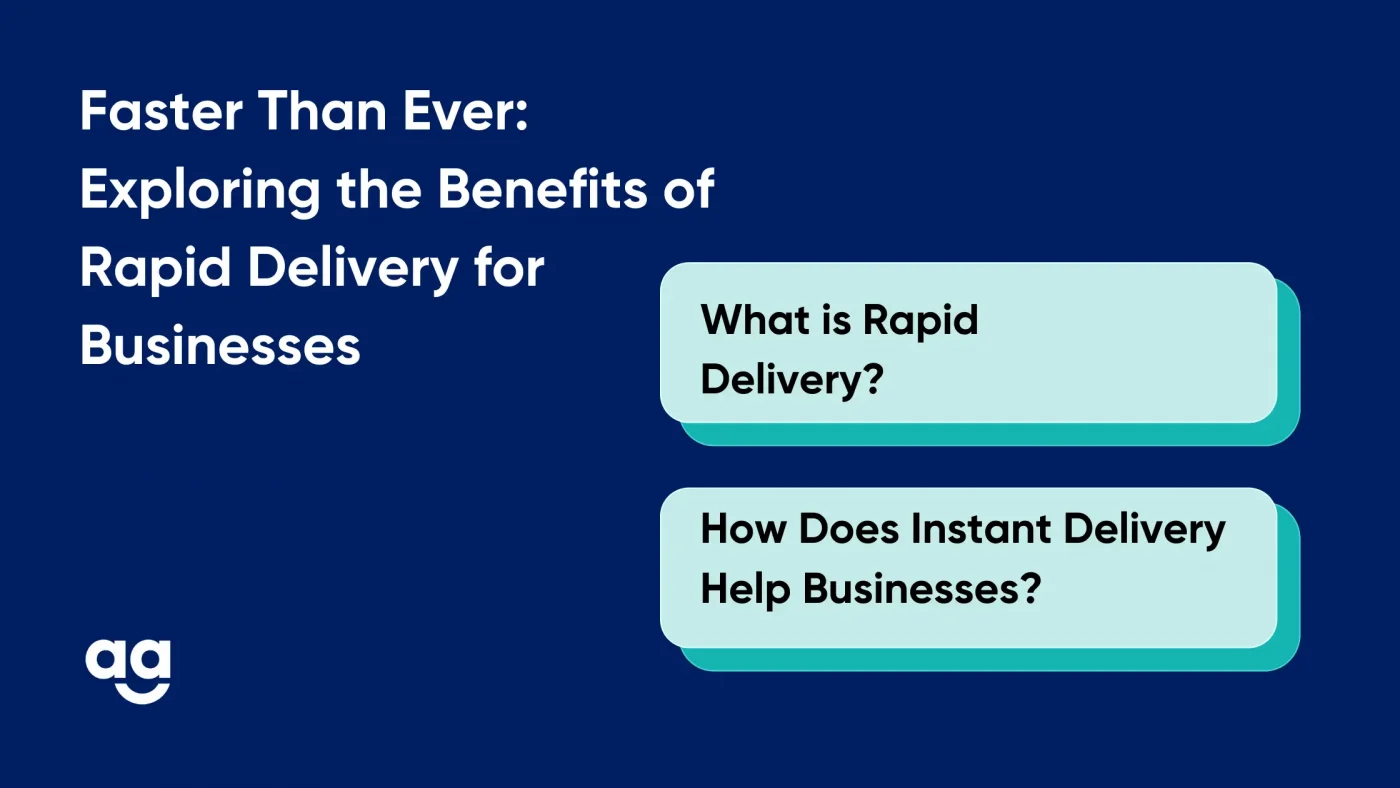



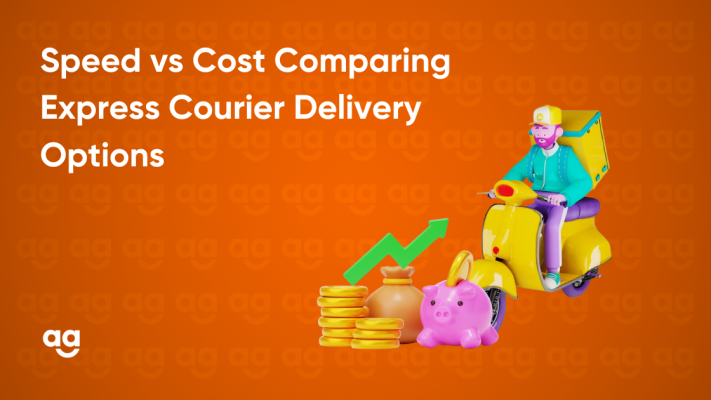
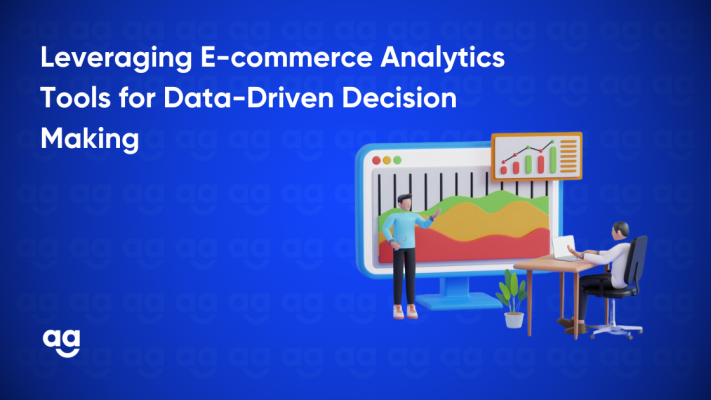

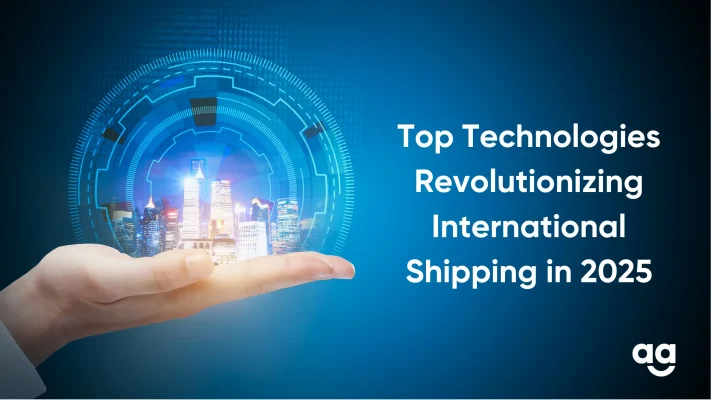

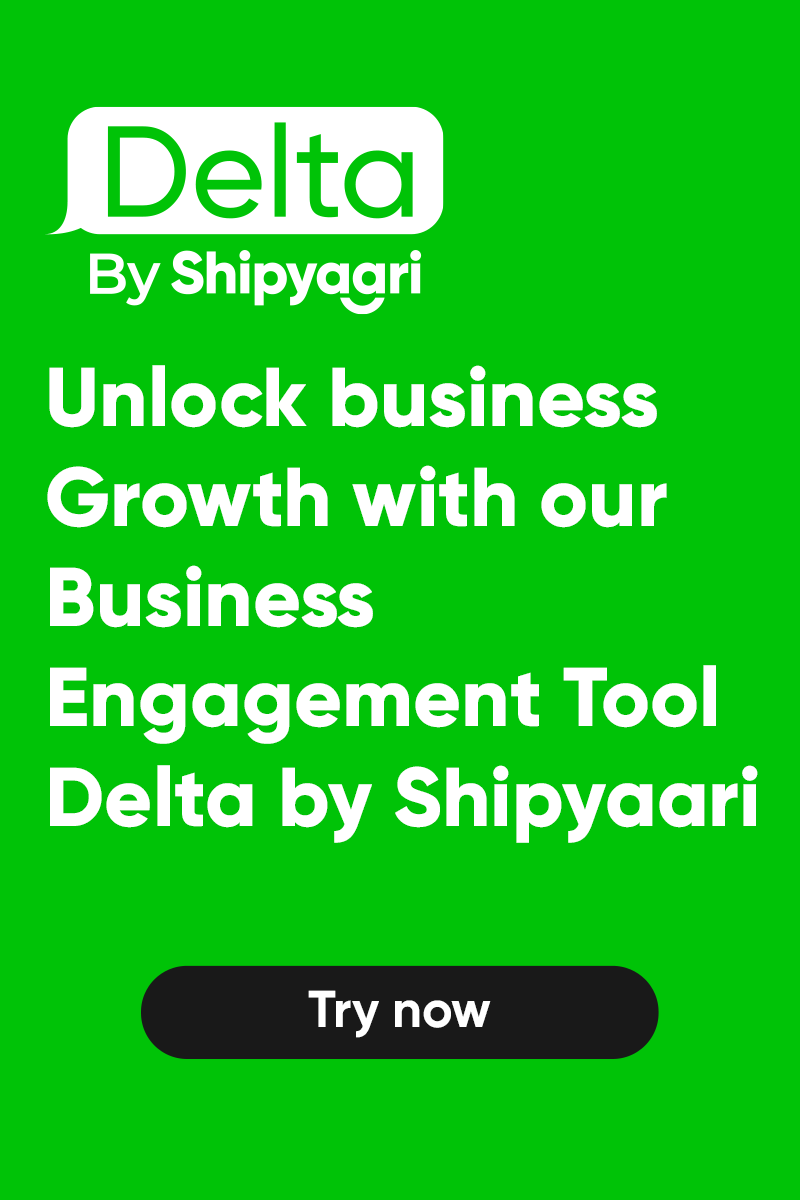
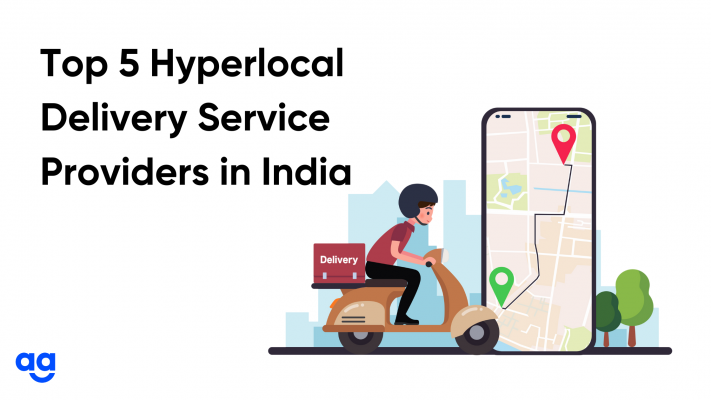
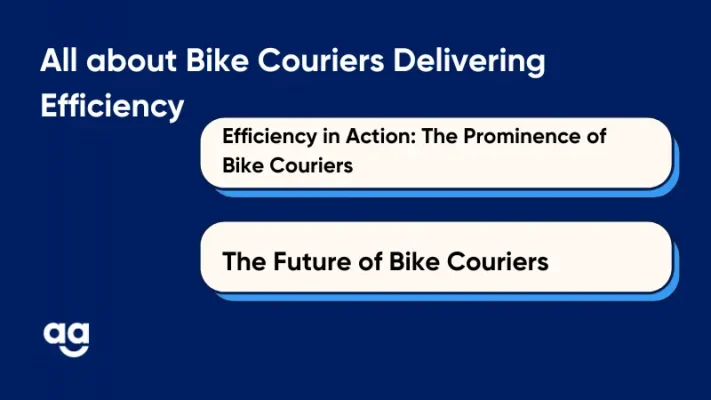
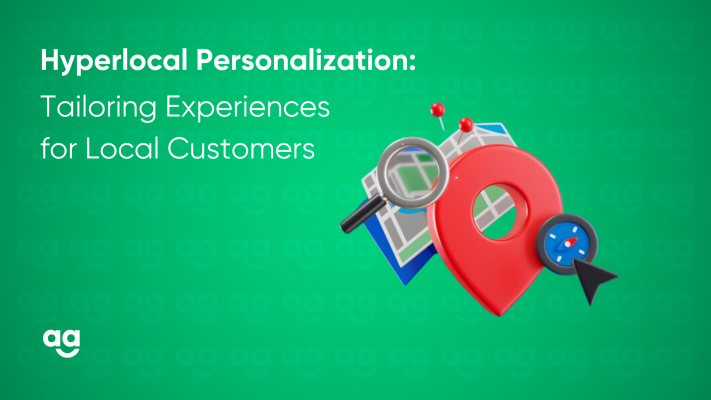
 Shipping
Shipping







